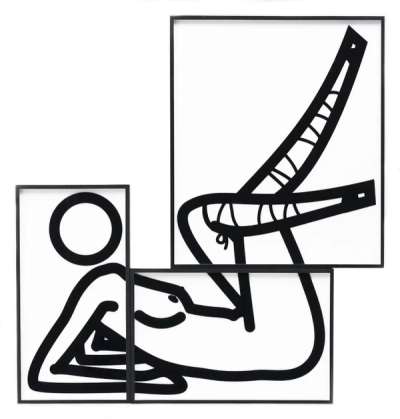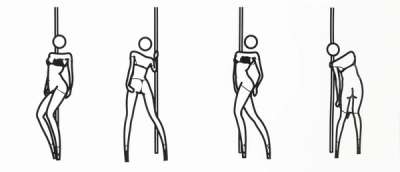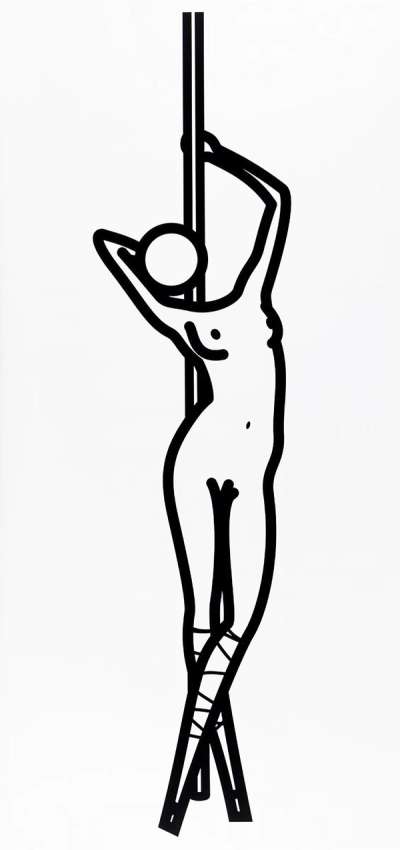
This Is Shahnoza In 3 Parts 7

This Is Shahnoza In 3 Parts 7
Signed Mixed Media
Julian Opie
Price data unavailable
AAGR (5 years) This estimate blends recent public auction records with our own private sale data and network demand.
There aren't enough data points on this work for a comprehensive result. Please speak to a specialist by making an enquiry.
Medium: Mixed Media
Edition size: 30
Year: 2008
Size: H 98cm x W 122cm
Signed: Yes
Format: Signed Mixed Media
TradingFloor
Track this artwork in realtime
Watch artwork, manage valuations, track your portfolio and return against your collection
Track auction value trend
Auction Results
| Auction Date | Auction House | Location | Hammer Price | Return to Seller | Buyer Paid |
|---|---|---|---|---|---|
| June 2015 | Phillips London | United Kingdom | |||
| May 2013 | Sotheby's New York | United States |
Meaning & Analysis
This Is Shahnoza In 3 Parts 7 is a print from Julian Opie’s This Is Shahnoza In 3 Partsseries (2005) that shows a nude image of a pole dancer called Shahnoza who the artist met in Soho, London. This work is indicative of Opie’s desire to work with one idea across a number of different media and compositions, this particular print shown to be divided into three panels that follow the figure’s form, each differing in size.
Opie depicts the human form in a highly stylised manner showing the model’s head as a blank circle, without a neck and her feet cut off, showing only straps for shoes. Despite the figure’s abstracted form, her pose is decidedly realistic, no doubt due to Opie’s use of photography in the initial stages of creating the print. Opie’s images of people engage with longstanding ideas that have characterised art history by questioning what intrinsic elements are needed to convey a narrative or person’s character. However, Opie turns this tradition in art history by explicitly citing the model as a professional pole dancer.
This print is produced through the use of the flocking technique, a process of adhering fine textile fibres to a surface, is indicative of his desire to engage with art historical techniques to create decidedly modern images. Historically, flocking is associated with wall coverings that were popular during the reign of Louis XIV of France.














